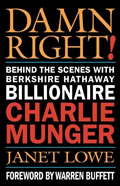 I just started reading a biography of Charles Munger, Damn Right! Behind the Scenes with Berkshire Hathaway Billionaire Charlie Munger by Janet Lowe, originally published in 2000.
I just started reading a biography of Charles Munger, Damn Right! Behind the Scenes with Berkshire Hathaway Billionaire Charlie Munger by Janet Lowe, originally published in 2000.
Charles Munger is best known as Warren Buffett’s long-time friend, business partner, and vice-Chairman of Berkshire Hathaway. I find him fascinating on many levels – as a thinker, investor, philanthropist, and even philosopher. One of my favorite tips from him is to Work For Yourself An Hour Each Day, something I found in Warren Buffett’s biography The Snowball.
Here’s a memorable quote from the book dealing with his childhood:
Like Warren Buffett, Munger inherited no wealth. […]
“While no real money came down, my family gave me a good education and a marvelous example of how people should behave, and in the end that was more valuable than money,” explained Munger. “Being surrounded by the right values from the beginning is an immense treasure. Warren had that. It even has a financial advantage.”
Right now, there is a lot of focus on teaching “financial literacy” – which is good – but if you’re a parent of young children I feel that you have to think differently. It’s not critical to give your kid some fancy allowance iPhone app or online savings account to teach them how to manage money. What you should really be conscious of is how you act around them. Positive character traits like self-discipline, being dependable (keeping your promises), and frugality (not being wasteful) are often best taught by example. Watching you and learning such traits will help them to avoid credit card debt more than showing them how APR works. If only I could just buy them a book or something. 😉
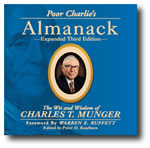 Charlie Munger is best known as the long-time friend and business partner of Warren Buffett, and officially as the Vice-Chairman of Berkshire Hathaway. Even though he is Buffett’s partner in investing, Munger is different in that he does not enjoy the spotlight as much and is rather more blunt and cranky. For some reason that just makes me like him more. 🙂
Charlie Munger is best known as the long-time friend and business partner of Warren Buffett, and officially as the Vice-Chairman of Berkshire Hathaway. Even though he is Buffett’s partner in investing, Munger is different in that he does not enjoy the spotlight as much and is rather more blunt and cranky. For some reason that just makes me like him more. 🙂
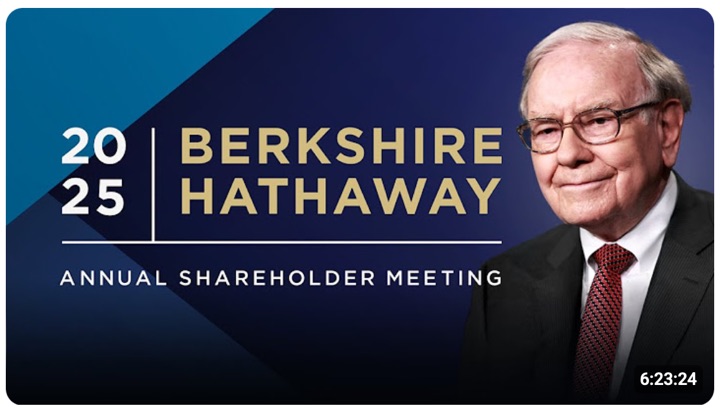
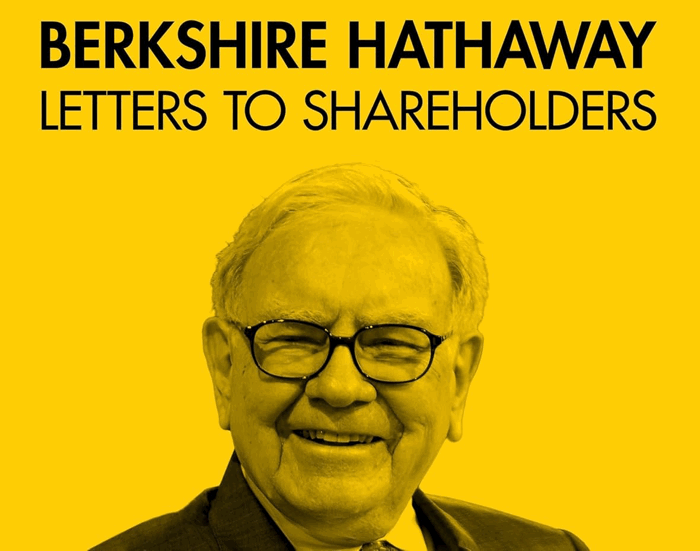
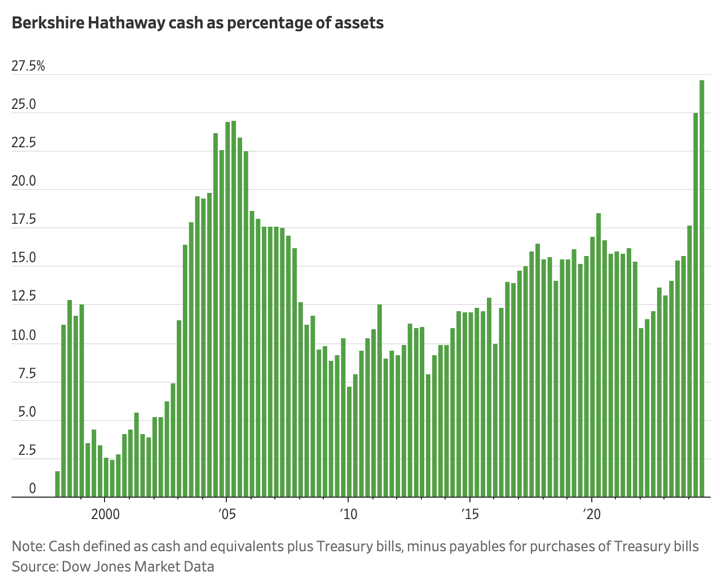


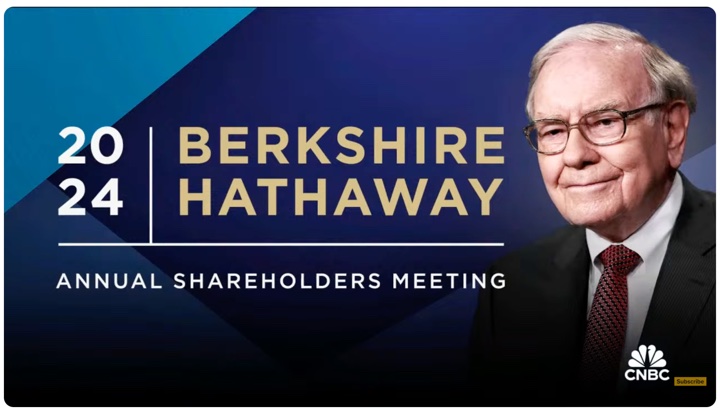

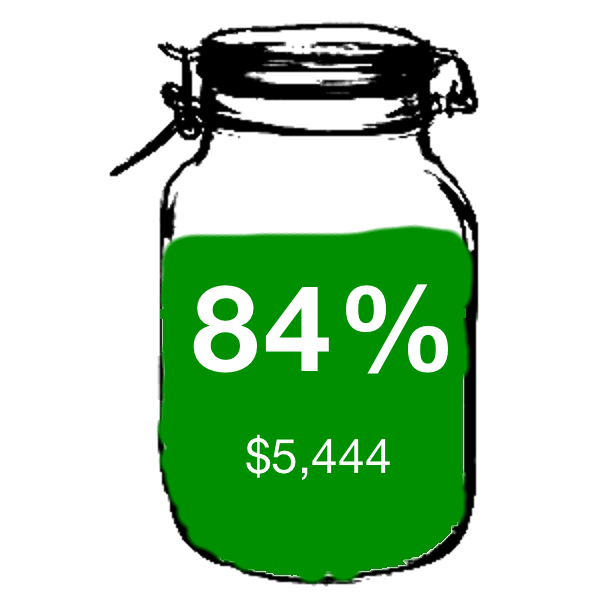
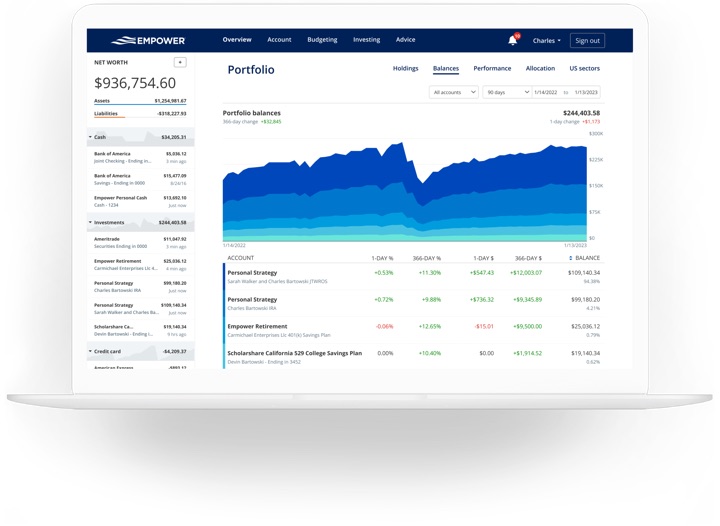
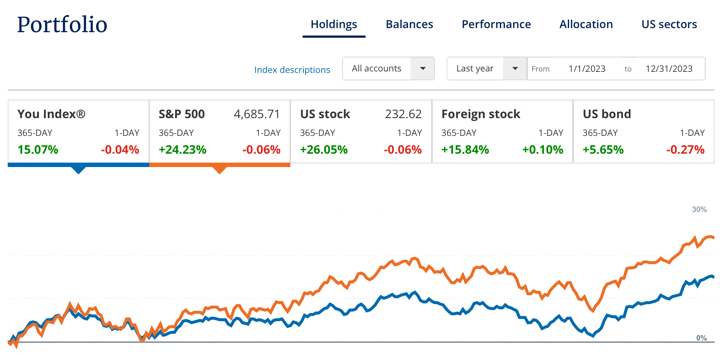

 The Best Credit Card Bonus Offers – 2025
The Best Credit Card Bonus Offers – 2025 Big List of Free Stocks from Brokerage Apps
Big List of Free Stocks from Brokerage Apps Best Interest Rates on Cash - 2025
Best Interest Rates on Cash - 2025 Free Credit Scores x 3 + Free Credit Monitoring
Free Credit Scores x 3 + Free Credit Monitoring Best No Fee 0% APR Balance Transfer Offers
Best No Fee 0% APR Balance Transfer Offers Little-Known Cellular Data Plans That Can Save Big Money
Little-Known Cellular Data Plans That Can Save Big Money How To Haggle Your Cable or Direct TV Bill
How To Haggle Your Cable or Direct TV Bill Big List of Free Consumer Data Reports (Credit, Rent, Work)
Big List of Free Consumer Data Reports (Credit, Rent, Work)